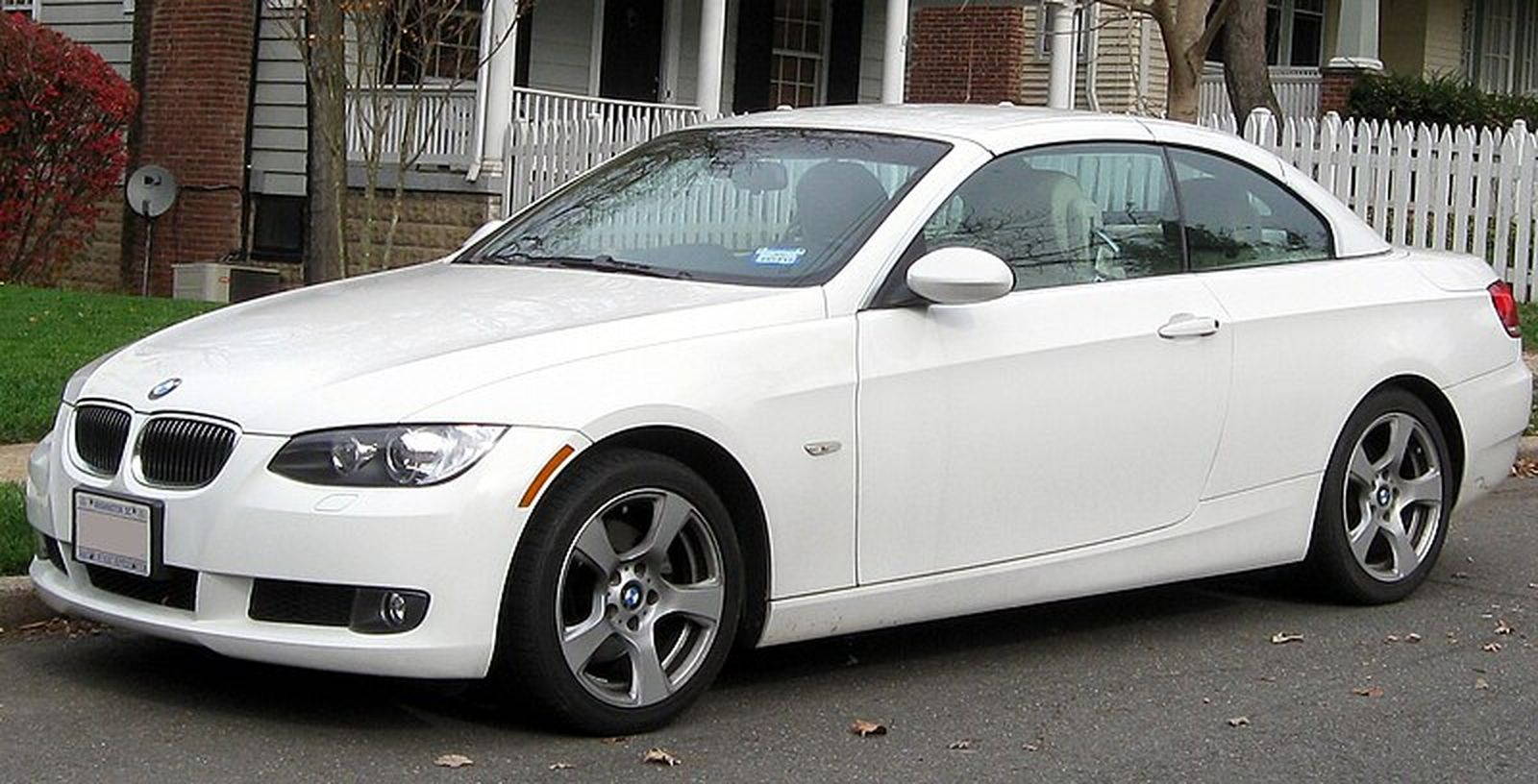Navigating the Challenges: BMW 3 Series Fifth Generation (E90/E91/E92/E93) in the American Market

When BMW unveiled the fifth generation of its esteemed 3 Series lineup for the American market in 2004, enthusiasts and consumers alike anticipated a continuation of the brand's legacy of engineering excellence and driving pleasure. However, beneath the sleek exterior and luxurious interior, the E90/E91/E92/E93 series harbored its fair share of challenges, shaping the ownership experiences of many across the United States. In this comprehensive exploration, we delve into the intricacies of the BMW 3 Series fifth generation, uncovering the triumphs and tribulations that defined its presence on American roads.
1. High-Pressure Fuel Pump Failures:
One of the most notable issues that plagued the fifth-generation BMW 3 Series on the American market was the prevalence of high-pressure fuel pump (HPFP) failures. The HPFP, a critical component of the vehicle's fuel delivery system, suffered from frequent malfunctions, leading to stalling, rough idling, and in severe cases, complete engine failure. BMW acknowledged the problem and implemented various recalls and extended warranties to address the issue, but the widespread nature of the failures tarnished the reputation of the otherwise refined driving experience offered by the E90/E91/E92/E93 series.
2. N52 Engine Valve Cover and Gasket Leaks:
Another common headache for owners of the fifth-generation BMW 3 Series in the American market revolved around leaks from the N52 engine's valve cover and gasket. These leaks, often attributed to poor gasket materials and inadequate sealing, resulted in oil seepage onto the engine block and surrounding components. Beyond the nuisance of oil spots in the driveway, these leaks could lead to decreased engine performance, increased emissions, and potential fire hazards. While BMW issued service bulletins and technical service campaigns to address the issue, the recurring nature of the leaks frustrated many owners and underscored concerns about the long-term durability of the vehicle.
3. Run-Flat Tire Controversy:
The adoption of run-flat tires as standard equipment on many variants of the fifth-generation BMW 3 Series elicited mixed reactions from American consumers. While run-flat tires offered the convenience of continued mobility in the event of a puncture, they also introduced drawbacks such as harsh ride quality, increased road noise, and limited availability of replacements. Moreover, the cost of replacing run-flat tires was substantially higher than traditional tires, further adding to the ownership expenses of the E90/E91/E92/E93 series. Despite BMW's rationale for prioritizing safety and convenience, the run-flat tire controversy underscored the challenges of balancing innovation with consumer preferences and practicality in the automotive industry.
4. Electrical System Gremlins:
As with many modern vehicles, the fifth-generation BMW 3 Series was not immune to electronic gremlins that plagued various onboard systems. Owners reported issues ranging from malfunctioning iDrive infotainment systems and erratic climate control behavior to faulty sensors and intermittent warning lights. These electrical quirks not only detracted from the overall ownership experience but also raised concerns about the long-term reliability and durability of the vehicle's sophisticated electronic architecture. While software updates and technical remedies were deployed to address some of these issues, the persistence of electrical gremlins highlighted the complexities of modern automotive engineering and diagnostics.
5. Suspension and Steering Component Wear:
While the fifth-generation BMW 3 Series boasted renowned handling dynamics and agility, some owners experienced premature wear and failure of suspension and steering components. Complaints about worn control arm bushings, leaking shock absorbers, and steering rack issues surfaced, particularly in regions with poor road conditions or harsh climates. These issues not only compromised the vehicle's performance and ride comfort but also raised concerns about safety and reliability. Despite BMW's reputation for engineering prowess, the susceptibility of the E90/E91/E92/E93 series to suspension and steering component wear underscored the ongoing challenges of balancing performance and durability in dynamic driving environments.
In conclusion, the fifth generation of the BMW 3 Series faced a multitude of challenges on the American market, ranging from high-pressure fuel pump failures and engine oil leaks to controversies surrounding run-flat tires and electronic system gremlins. While the E90/E91/E92/E93 series captivated drivers with its blend of luxury, performance, and refinement, navigating these challenges proved essential for BMW to maintain its reputation and customer satisfaction. As the automotive industry continues to evolve, addressing these issues will be crucial for BMW to uphold its legacy of engineering excellence and driving pleasure in future iterations of the iconic 3 Series lineup.

